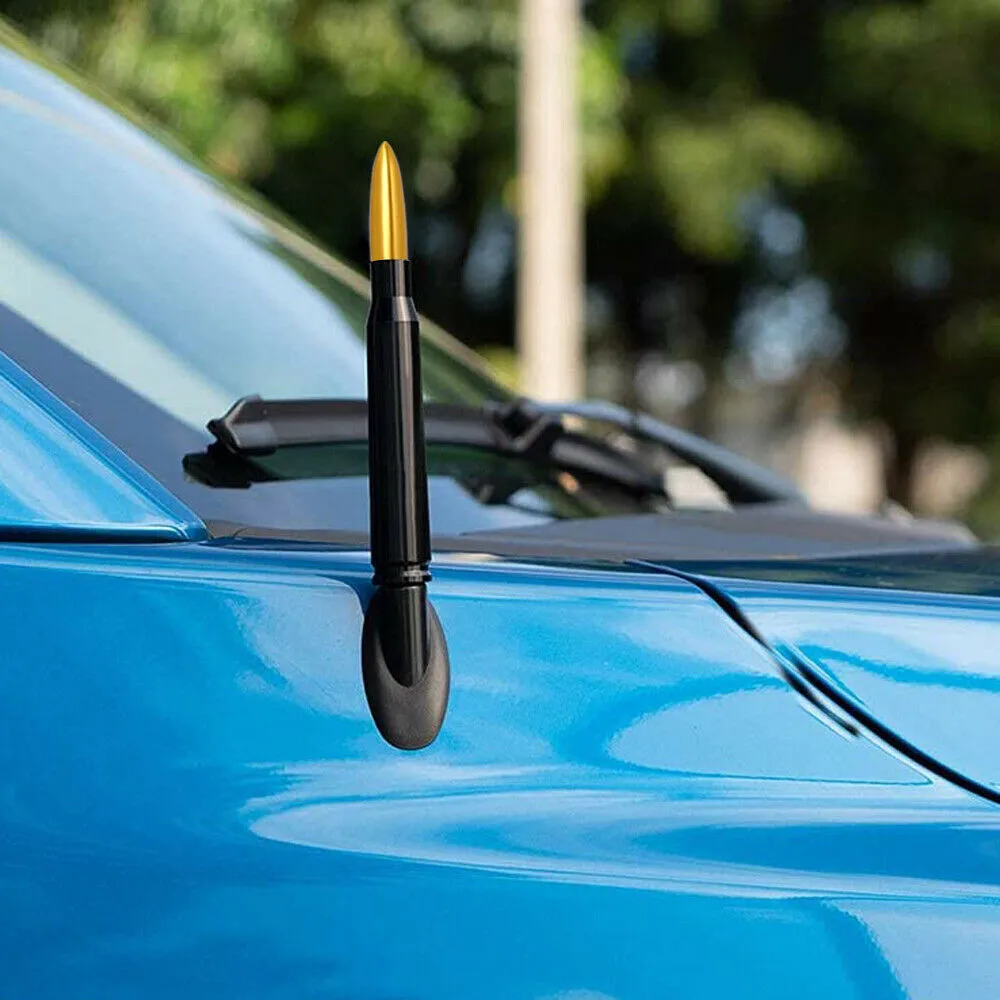Are Bullet Antennas Environmentally Friendly?
When we think about making environmentally conscious decisions, even small items like bullet antennas come into question. As these antennas become more popular due to their stylish look and reliable performance, many people are curious whether they are environmentally friendly or not. To determine if bullet antennas are environmentally friendly, we need to look at what they are made of, how they are manufactured, and their overall life cycle.
What Are Bullet Antennas Made Of?
Bullet antennas are made from materials like billet aluminum and copper, which have notable environmental implications.
Billet Aluminum
Billet Aluminum is one of the most commonly recycled metals, which is a plus in terms of sustainability. The production of aluminum requires significant energy, but recycling aluminum uses only a fraction of the energy needed for producing new aluminum. When properly recycled, aluminum can have a much lower environmental impact than other metals. However, mining and producing raw aluminum still contribute to environmental issues like greenhouse gas emissions and habitat destruction.
Copper
Copper is another material commonly found in bullet antennas. Like aluminum, copper can be recycled efficiently, and it maintains its quality during the process. This makes copper relatively sustainable. However, the mining and extraction of copper are associated with environmental damage, including water pollution and habitat destruction. The good news is that recycled copper significantly reduces these impacts.
Manufacturing Processes
The environmental friendliness of bullet antennas doesn’t only depend on the materials used but also on how they are manufactured. Manufacturing processes can vary significantly between brands, with some companies investing in greener production methods while others may not.
For instance, some manufacturers use eco-friendly anodizing processes that minimize chemical waste and energy use. On the other hand, companies that rely on traditional methods may have a larger carbon footprint. If sustainability is your priority, looking into the practices of the brand you’re purchasing from can make a significant difference.
Are Bullet Antennas Better for the Environment than Traditional Antennas?
Traditional whip antennas made from plastic and other non-recyclable materials, are more prone to wear and tear, leading to frequent replacements. Whip antennas not only create more waste but also require more energy for production and shipping. Bullet antennas, in comparison, offer better longevity and can be more easily recycled.
Additionally, many whip antennas are not as durable, contributing to more waste over time. Bullet antennas, with their sturdy construction, help minimize the need for frequent replacements, contributing to a reduction in environmental impact.
Durability
One of the primary benefits of bullet antennas is their durability. These antennas are designed to withstand harsh weather conditions, including extreme temperatures, rain, and snow. Their longevity means fewer replacements over time, which can reduce the environmental toll associated with frequent manufacturing and transportation of new antennas.
By opting for a bullet antenna, you are choosing a product that is less likely to end up in a landfill quickly. Durability extends the life cycle of the antenna, making it a more environmentally friendly option compared to antennas that wear out easily.
Are Bullet Antennas Recyclable?
The recyclability of bullet antennas largely depends on the materials used in their construction. Aluminum and copper are both recyclable, which gives bullet antennas a significant advantage in terms of sustainability. However, the recycling process can vary depending on where you live, and some components, like rubber gaskets or plastic parts, may not be as easily recyclable.
Final Thoughts
When considering their recyclability, durability, and compatibility with multiple vehicles, bullet antennas offer several environmental benefits over traditional antennas. However, it’s important to remain conscious of the materials used and the manufacturing processes behind them. Choosing a bullet antenna made from recycled materials and supporting companies with eco-friendly practices can make a big difference in reducing your environmental impact.
